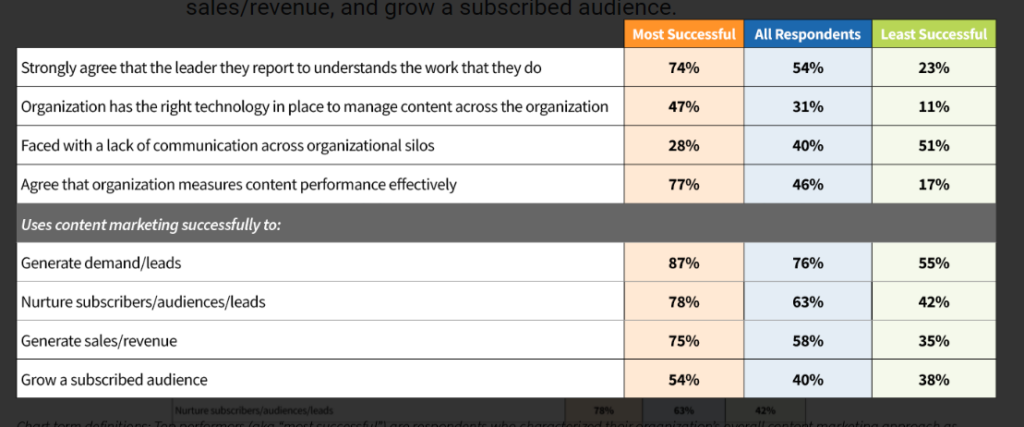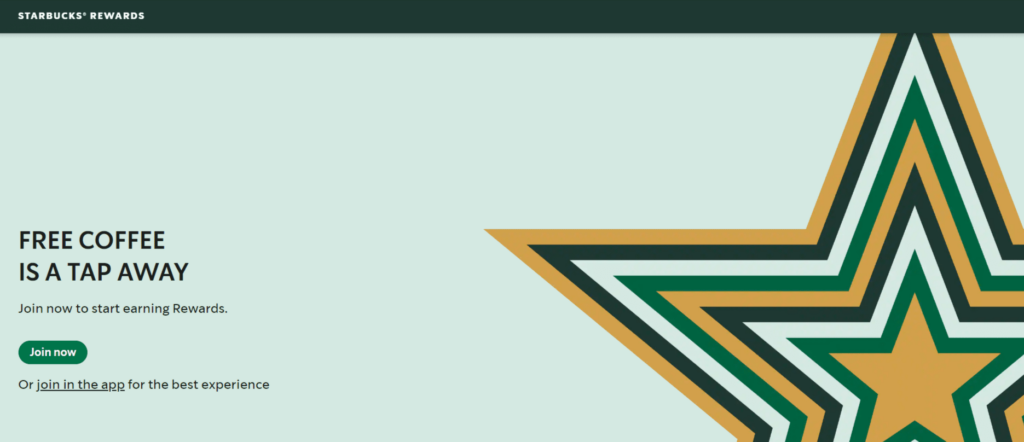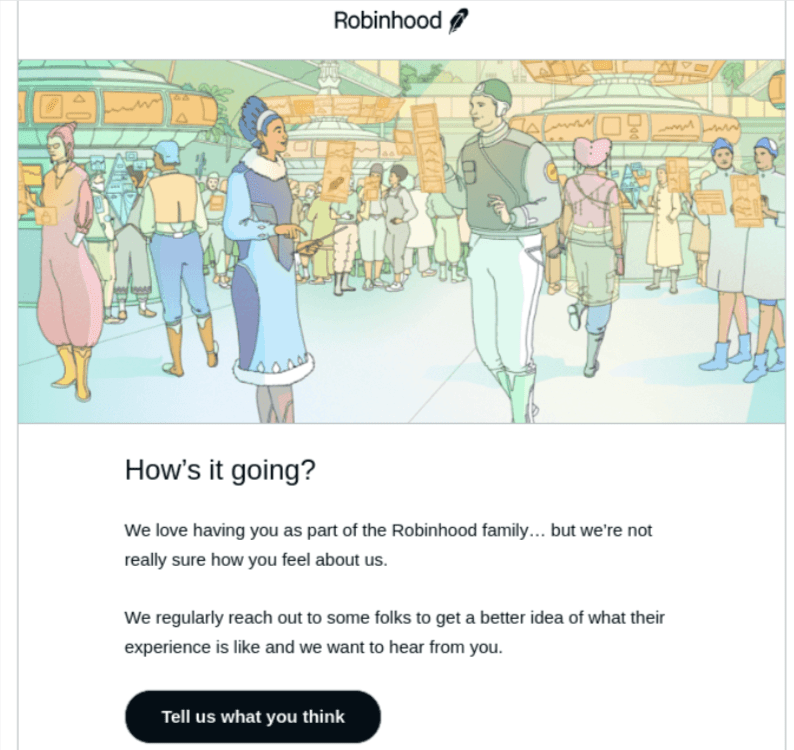Today’s consumers don’t just appreciate personalized experiences; they’ve come to expect it.
Twilio’s State of Customer Engagement Report sheds light on this trend. It reveals that 64% of customers say they would leave a business if their experience isn’t personalized. Likewise, 40% of buyers search for alternative products or services when a company fails to personalize their experience.
To stand out, you must ensure every interaction customers have with your business feels unique and valued. With effective customer engagement strategies, you can create meaningful interactions between your brand and customers across various touchpoints.
With that in mind, we’ll explore five practical customer engagement strategies that can help you drive loyalty and boost sales.
What Is Customer Engagement?
Simply put, customer engagement refers to the interactions between a brand and its customers throughout the customer lifecycle. These interactions can happen on various platforms, including email, social media, websites, and physical stores.
The Twilio report shows that 76% of businesses believe that personalized customer engagement will be critical in 2024. That’s because it builds a deeper relationship that boosts customer retention and customer lifetime value (CLV).
Customer Engagement Strategies To Boost Customer Satisfaction and Sales
Let’s now look at five customer engagement strategies to help you improve customer experiences and boost sales.
1. Use Data To Personalize Customer Experiences
As mentioned earlier, tailoring your products and services to customers’ needs and preferences creates a more relevant and meaningful interaction. This not only boosts the likelihood of repeat business but also builds a positive reputation.
On the flip side, impersonal experiences often leave customers feeling undervalued and disconnected. This detachment can lead to decreased engagement and a higher likelihood of them switching to competitors.
Data shows that 71% of customers feel frustrated when they receive an impersonal shopping experience. In addition, 63% of shoppers will stop purchasing from businesses that use poor personalization strategies.
With that in mind, here are some ways to personalize customer experiences:
- Use marketing automation tools like Sender to segment shoppers based on their preferences and behavior and target them with product recommendations that resonate with each group.
- Use customer data to inform your communication channels. For example, if data shows shoppers prefer email communication, personalize your email content and use the channel primarily for those customers.
- Customize your website’s user interface based on customers’ past interactions. For instance, feature products similar to what they have previously bought or shown interest in on the homepage.
- Customize offers and discounts based on customers’ milestones, such as anniversaries of their first purchase or most frequently bought items. This makes your offers more appealing and personal, which keeps customers engaged.
2. Create Quality Content That Drives Engagement
High-quality, engaging content informs, entertains, and establishes your brand as a thought leader. This boosts credibility and trust, which are essential for brand loyalty and attracting new clients.
A 2024 report by the Content Marketing Institute shows that 87% of successful marketers use content to generate leads, while 78% use it to nurture those leads.

Image source: Content Marketing Institute
Here’s how to create engaging content that resonates with your target audience:
- Know who your customers are, where they are in the customer journey, what they care about, and the challenges they face. This way, you can tailor your content to their interests and needs.
- Focus on content that addresses the trends and challenges within your industry to keep your audience informed.
- Use images, videos, infographics, and interactive media to make your content more engaging and digestible.
- Implement SEO best practices, like using relevant keywords, meta descriptions, and tags, to improve visibility in search engine results.
- Use a consistent and authentic voice that aligns with your brand’s personality across all platforms to establish a connection with your audience.
- Measure customer engagement metrics like views, shares, and time spent on page. Then, use this data to refine your content strategy.
3. Engage With Customers on Social Media Platforms
Engaging customers on social media allows you to meet them where they spend a significant amount of their time. According to Hootsuite’s Social Trends 2024 Survey, one of the top reasons consumers use social media is to be entertained and to relax mentally.
As a result, businesses that publish entertaining content on social media will succeed in customer engagement more than brands that publish the same old stuff.
Therefore, create fun videos, humorous posts, or interactive polls and quizzes that align with your industry. This way, you can offer value while still entertaining your audience.
Dollar Shave Club is a good example of a brand that uses humor to engage its followers. Here’s one of its Instagram posts:

Image source: Dollar Shave Club
Other ways to engage customers on social media include:
- Responding promptly to comments and messages to make customers feel valued. This also helps you build a responsive, customer-centric brand image.
- Using live features on platforms like Facebook and Instagram to engage with followers in real-time.
- Sharing user-generated content such as reviews, photos, or videos of customers using your products. This enhances authenticity and encourages other buyers to share their own experiences.
4. Create Loyalty Programs To Incentivize Repeat Business
Loyalty programs offer rewards, discounts, or exclusive benefits to engaged customers who consistently purchase from your business.
These tangible incentives motivate shoppers to choose your brand over competitors, which eventually boosts revenue. In fact, 89.6% of businesses with loyalty programs reported a positive return on investment in 2024.
An excellent example of a successful customer loyalty program is the Starbucks Rewards program. Starbucks uses a tiered system where customers earn “Stars” based on the amount they spend. Shoppers can redeem these stars for free drinks, food items, and more.

Image source: Starbucks
The more stars a member earns, the more rewards they can access. Members also receive personalized offers and discounts based on their purchase history, which enhances the customer experience.
As a result, the brand is able to maintain strong customer relationships that drive significant repeat business.
Like Starbucks, you can create a loyalty program that enhances your customer engagement initiatives by:
- Designing a tiered system where customers earn more significant rewards as they reach higher levels of spending or engagement.
- Implementing a points system where customers accumulate points for each purchase, which they can redeem for discounts and other perks.
- Recognizing important customer milestones, such as the anniversary of their first purchase or their 10th visit to your store.
- Offering points or rewards for non-purchase actions such as referring new customers, writing reviews, or sharing on social media.
- Providing loyal customers with early access to new products, special sales, or exclusive events.
5. Collect and Implement Customer Feedback
Customer feedback is crucial since it directly involves customers in improving your products and services. It also shows customers that you value their opinions and you’re committed to meeting their expectations and needs. This not only improves the quality of your offerings but also strengthens customer loyalty.
Here’s a good example of an email from Robinhood requesting feedback:

Image source: Robinhood
You can collect and implement customer feedback to boost engagement in the following ways:
- Send surveys or questionnaires via email, social media, or directly on your website to gather insights about customer satisfaction and expectations.
- Provide an option for customers to leave feedback after every customer support interaction — whether through phone, email, or live chat — to understand how well your team meets customers’ needs.
- Monitor your brand’s social media channels for comments, questions, and reviews. Use this information to gauge public sentiment and identify areas you can improve.
- Create a specific page on your website where customers can easily leave feedback about their experience with your product or service.
- Implement a follow-up system after customers buy products that invite them to provide feedback on their experience.
- Regularly review the feedback collected, identify common issues, and implement changes to address the concerns.
Boost Your Customer Engagement Strategy Today
A successful customer engagement marketing strategy isn’t just about maintaining communication; it’s about creating a personalized and meaningful experience at every touchpoint.
As we’ve seen, the stakes for personalization are high, with a significant portion of existing customers ready to switch brands if they feel undervalued.
However, the above strategies can help you to significantly enhance customer interactions and drive loyalty.

